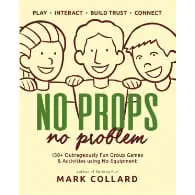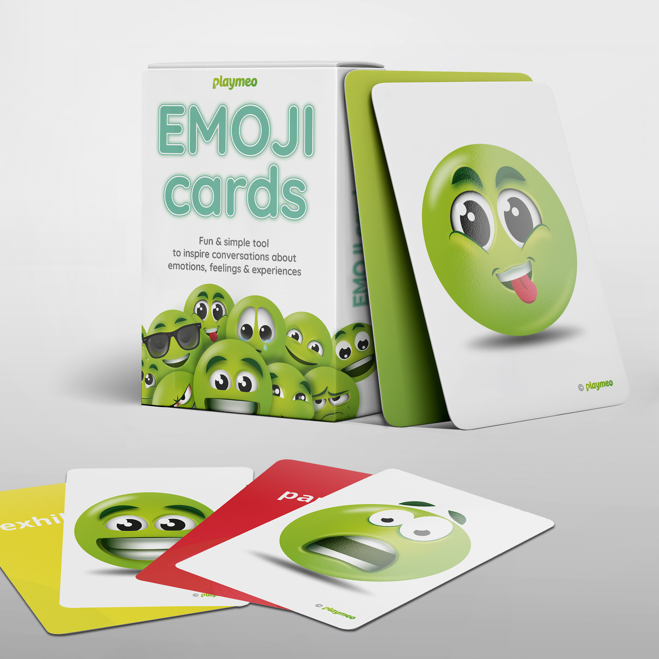20+ Fun & Engaging Ways to Form Random Pairs
So you’ve asked your group to pick a partner so that you can form smaller teams and… they immediately make a beeline to their best…

Every group problem-solving activity affords ample opportunities for a group to make decisions, eg What idea to run with, Who goes first, What to do next, Are we ready to start, etc?
In my experience, many groups struggle to make good decisions for several reasons. One, they often do not have all the information required to make a good decision. And, two, the system they apply to manage their decision-making process is poor or flawed.
I’m sure you’ve seen this happen many times. Indeed, if you’ve ever seen your group use Rock-Paper-Scissors as a strategy to make a decision, this post is for you.
First, we must note that responsible decision-making is one of the five core SEL (social-emotional learning) skills.
This critical competency includes identifying, analysing, solving problems, and evaluating and reflecting on the decision. Often, a group may also be asked to consider the ethics of their decision and anticipate the consequences of their actions.
Identifying the best of many ideas can be difficult at times. How can the group (or you, for that matter) be certain that the best idea rose to the top? Do we just conduct a vote, or is there a better way to assess the collective wisdom of the group?
I think I’ve found a useful tool to do just that…
The exercise I know as Twenty-One is a process I picked up from a corporate trainer once, and I have applied it regularly to many programs ever since.
It is not designed to solve every decision-making dilemma, eg to decide who goes first. Still, it is a terrific process to lead your group through when making big decisions related to values, goals or anything requiring consensus.
In last week’s program, my group struggled to understand and agree on a common understanding of what collaboration meant.
All you need to present this tool is a bunch of index cards, pens, and most importantly, a thought-provoking question. In this instance, I posed the question: “To me, collaboration means…”
Throughout several rounds (I’ll let you read the step-by-step instructions,) the group gained a deeper understanding of what collaboration meant to them. Most importantly, they felt more comfortable that they had accessed the group’s collective wisdom. To me, this benefit cannot be overstated.
Having used it a couple of times recently, here are a few tips that immediately spring to mind that will help you achieve a productive result:
Regarding that last point, I must have created at least 4 or 5 questions in my head before I settled on the one I used. So, don’t rush it, lest you may waste everyone’s time and end up with just as much confusion as when you started.

Best-selling book featuring 150+ fun group games & activities. Scan QR codes to access digital content including videos.

Brand new deck of cards featuring emoji images to help you inspire conversations about emotions, feelings & experiences.
Download our free 28-page ebook jam-packed with outrageously fun activity ideas.
Just one more question:
Share this with friends and colleagues.
We offer a range of membership plans with no surprises.
Click an option below & discover our simple pricing.

Click here if you’re a:

Click here if you represent a:
Explore plans for
10, 50, 200 or more
potential users